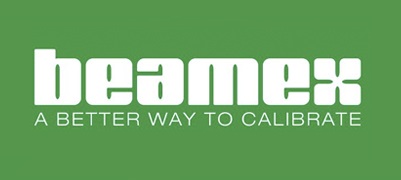Many players in the pharma industry are making investments in digital solutions in order to enhance their calibration processes. But how can you make sure these investments pay off and do not negatively affect compliance or patient safety? An important part of the solution is to find a partner who has the experience and track record to act as a trusted advisor. “Pharma is a very demanding industry with high regulation and quality requirements,” says Niclas Lindholm, Calibration Solutions Specialist at Beamex.
Expertise can support the customer in answering two main questions: firstly, is the software and hardware solution compliant, and secondly, what needs to be done to successfully execute a digitalization initiative?
Compliance is key
The regulations that need to be taken into account when implementing new digital solutions include the Food and Drug Administration’s Good Manufacturing Practice (GMP) and other regulatory requirements. This means that users can’t expect a simple plug and play solution to digitalize their processes because all new software and hardware needs to be validated and documented.
“In pharma you need to be compliant and have evidence that everything is being done according to regulations through validation and verification,” explains Niclas. “Documentation is a huge part of this and there are many different stakeholders, which makes it a long process with a set sequence of steps that need to be followed.”
This means it’s important to look for a supplier who has a successful track record of deploying digital solutions for the pharma industry. “At Beamex we’ve been working with the pharma industry for over 30 years, helping our customers to implement compliant solutions,” says Niclas.
Support at every step ensures a smooth roll out
For customers just beginning their digitalization journey the number of options open to them in terms of what to digitalize and how to do it can be overwhelming. “We work in close collaboration with our customers and offer actionable guidance, especially for data migration. We also ask our customers to ask us questions – it’s important not to make decisions until you know how they will affect the end users,” explains Niclas.
Once the process is underway, a trusted advisor supports the customer at each step to ensure a smooth roll out. “In our approach we hold weekly or even daily meetings and provide regular status updates during a project to keep them fully informed; we can also provide guidance and training where needed,” explains Niclas.
It’s also important to bear in mind that an external partner can’t be expected to take responsibility for everything. Key decisions such as which processes to digitalize need to be made by the customer themselves. The advisor’s role is to offer advice and answer questions to help guide these decisions.
The benefits of digital solutions for pharma
There are several benefits to digitalizing calibration by working with a trusted advisor. First off, properly validated systems will be compliant with regulations – which is absolutely vital for patient safety.
Integration of calibration management with tools like SAP also allows the creation of an end-to-end system where work orders are generated in the enterprise management software and automatically transferred to the calibration management system. When the calibration is done, users can send the result back to the calibration management system from the smart calibrator and from there into the enterprise management system. This ensures data integrity as there are minimal manual steps where errors can occur. It also means data is stored in a tamper-proof format. The data can then be easily searched with software tools for either audit purposes or to find efficiency improvements.
“Without integration, you need to manual work at several steps across the process. With the Beamex solution we automate these steps and eliminate the possibility of human error – which in turn eliminates a major potential source of risk to patient safety,” says Niclas.

















![Sirio Launches Global Research Institute for Longevity Studies [SIA]](https://www.worldpharmatoday.com/wp-content/uploads/2019/09/Sirio-218x150.jpg)



